Politics and Government

Anna Moscowitz Kross
Matilda Steinam Kubie
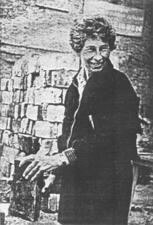
Ursula Kuczynski (Ruth Werner)
Operating under at least five different names in the course of her career, Ruth Werner (a pen name) was a singularly accomplished spy, whose espionage activities spanned some fifteen years, from 1931 to 1946. Twice awarded the order of the Red Banner, the highest Soviet military decoration, Werner also held the rank of colonel in the Red Army.
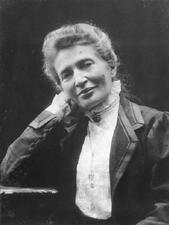
Anna Kuliscioff
Born in Russia but educated in Switzerland, Anna Kuliscioff became one of the key figures in Italy’s early socialist movement and was a feminist advocate who concentrated on poor women’s issues. In her later life, she helped publish a socialist periodical and hosted a prominent salon, often with her partner Filippo Turati.
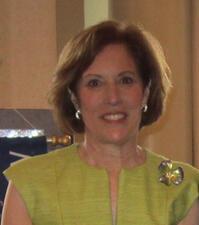
Ruth Kullman
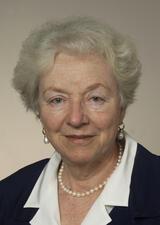
Madeleine May Kunin
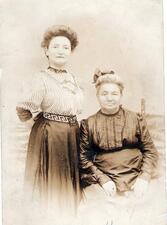
Sarah Kussy
Sarah Kussy was a founder and leader of a constellation of significant Jewish organizations, including Hadassah and the United Synagogue Women’s League. Through her many associations, Kussy worked to change the face of Jewish education, Zionist activities, and women’s participation in Jewish American communal life.
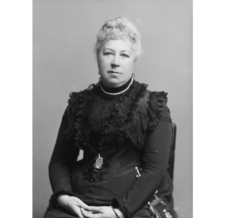
Constance Rothschild, Lady Battersea
Constance Rothschild Lady Battersea was a link between English and Jewish feminism, as she convinced upper- and middle-class Anglo-Jewish women to join English feminist groups such as the National Union of Women Workers and encouraged them to create Jewish women’s organizations, such as the Union of Jewish Women and the Jewish Association for the Protection of Girls and women, which allied themselves with the women’s movement.
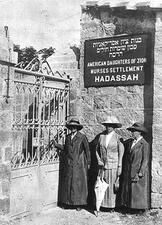
Rae D. Landy
Lucy Fox Robins Lang
A committed anarchist by age fifteen, Lucy Fox Robins Lang contributed greatly to both the labor movement and the anarchist movement as aide and confidante to major figures like Emma Goldman and Samuel Gompers, though her work was largely uncredited and behind the scenes.
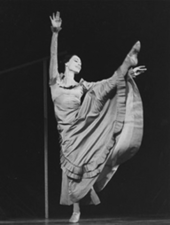
Pearl Lang
Pearl Lang was the first dancer Martha Graham allowed to perform some of Graham’s own roles. She also brought elements of the ecstatic poetry and dance of Jewish traditions to her own praised work.
Ruth Lapidoth
Law in Israel
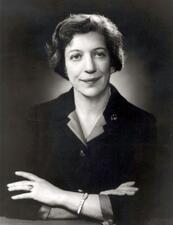
Law in the United States
Lawyers in Germany and Austria
German and Austrian women were first allowed to enter careers in law in the mid-1920s, following rules permitting their admittance to universities at the turn of the century. Although women were a small proportion of all lawyers, judges, and prosecutors in Germany and Austria, Jewish women were a significant group among those women, and they often faced both religious and gender-based discrimination.
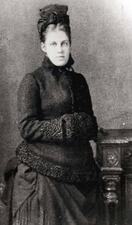
Emma Lazarus
Emma Lazarus (1849-1887), an internationally known poet and essayist, created the role of the American Jewish writer. She lent her voice to the Statue of Liberty to enunciate a vision for America, but she herself was in no doubt about the Jewish roots of her vision in tikkun olam (repairing the world) through righteousness, justice, and compassion.
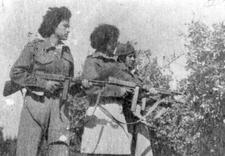
Lehi (Lohamei Herut Yisrael)
Lohamei Herut Yisrael (Lehi) was an underground Zionist extremist organization active between 1940 and 1949, during which it forcefully opposed the British Mandatory government and Palestinian Arab opponents to a Jewish state. Women participated in most areas of Lehi’s activity, from carrying out military actions to propaganda production.
Adele Lewisohn Lehman
Adele Lewisohn Lehman was a significant figure in the history of New York City philanthropy who was primarily involved in causes benefiting disabled people and children. A donor and fund-raiser, she also served as an administrator or board member for many agencies, including the East Side Free School for Crippled Children and the New York Board of Charities.
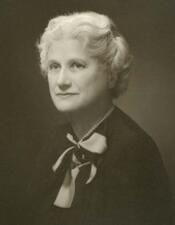
Edith Altschul Lehman
Known to many as the cultured wife of one of New York’s most popular governors and senators, Edith Altschul Lehman was in her own right a passionate social activist and philanthropist. She funded endeavors from building schools in Israel to creating a children’s zoo in Central Park.
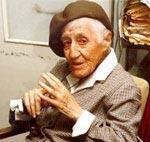
Nechama Leibowitz
Although Nehama Leibowitz refused to acknowledge that she was a revolutionary in any way, ultimately her unique achievements changed Orthodox society’s perception of a woman’s capabilities and undoubtedly opened doors for the female Torah scholars who followed. Through her teaching, Leibowitz brought numerous people, including non-Jews, to a new conception of Torah study.
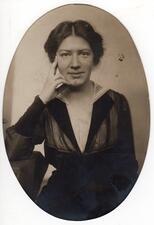
Käthe Leichter
A socialist feminist with a doctorate in political economy, Käthe Leichter was a prominent figure in “Red Vienna” during the interwar years. As a politician, labor organizer, and author, she dedicated her life to benefitting working-class women through social and political reform, and to the struggle against fascism.
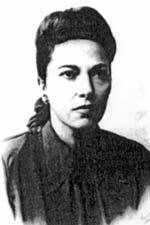
Blume Lempel
Blume Lempel used stream-of-consciousness, flashback, and free association in her writing to create unique stories with themes rarely seen in Yiddish literature: eroticism, incest, and rape. She only wrote in Yiddish, and much of her work remained untranslated until very recently.
Lotta Levensohn
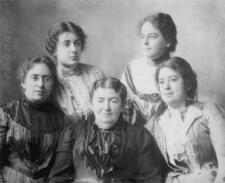
Bertha Szold Levin
Bertha Szold Levin was a Baltimore educator, civic leader, and Jewish activist in the early twentieth century.
Melba Levin-Rubin
Melba Levin-Rubin was an accomplished early-twentieth-century lawyer who was active in both professional and Jewish communal organizations.


